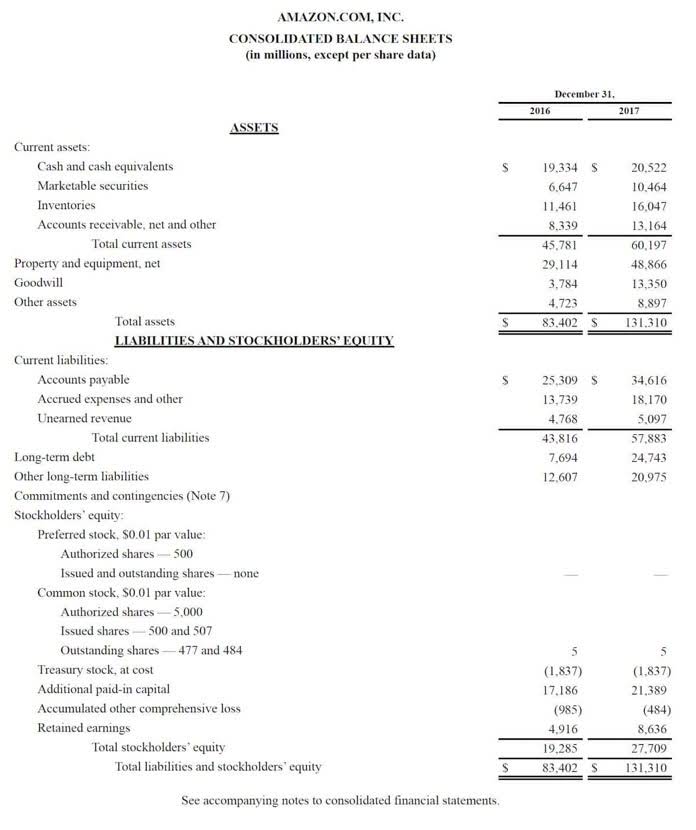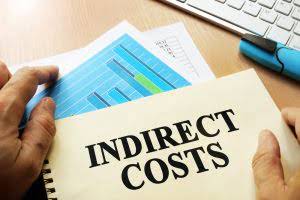
In other words, bad debt expenses can be written off from a company’s taxable income on their tax return. The inaccuracy of the allowance method can’t be utilized under these circumstances because the IRS needs an accurate direct write-off method way to calculate a deduction. If Beth later receives the payment from the customer, she can reverse the write off journal entry by crediting bad debt and debiting accounts receivable.
Con: It makes your balance sheet inaccurate
Since the unadjusted balance is $9,000, we need to record bad debt of $5,360. Allowance for Doubtful Accounts is where we store the nameless, faceless uncollectible amount. We know some accounts will go bad, but we do not have a name or face to attach to them. Once an uncollectible account has a name, we can reduce the nameless amount and decrease Accounts Receivable for the specific customer who is not going to pay. This scenario illustrates how XYZ Corp. utilizes the allowance method to manage its accounts receivable, making adjustments based on changing assessments of credit risk.
Discuss the Reasons Why GAAP Prefers the Allowance Method

Understanding the differences and implications of each method is crucial for businesses to choose the most appropriate approach for their specific needs. This entry reduces the accounts receivable and recognizes the bad debt expense in the income statement. Bad debt refers to the amount of accounts receivable that a company considers uncollectible. This occurs when customers, due to various reasons, are unable or unwilling to pay the amounts they owe for goods or services purchased on credit. Bad debt is an inevitable risk in any business that extends credit to its customers. The accounts receivable is reduced by the bad debt expense and sales remain intact.
Discuss the Impact of Bad Debt on a Company’s Income Statement and Balance Sheet
This differs from the allowance method, which would have already set money aside in a reserve account as a contingency. Consulting with accounting professionals can provide valuable insights and ensure the chosen method aligns with the business’s specific needs and regulatory requirements. Accurate and timely recognition of bad debts is essential for maintaining financial health and providing stakeholders with reliable financial information. Understanding the causes of bad debt helps businesses implement effective credit policies and collection strategies, minimizing the risk and impact of uncollectible accounts on their financial health. An estimate is calculated as a percentage of accounts receivable or net sales or is based on the time period the invoices haven’t been paid for. If the corporation prepares weekly financial statements, it might focus on the bad debts expense for its weekly financial statements, but at the end of each quarter focus on the allowance account.

This estimated amount is then used to reduce the total accounts receivable on the balance sheet, reflecting a more realistic view of what the company expects to collect. The allowance method creates bad debt expense before the company knows specifically which customers will not pay. Based on prior history, the company knows the approximate percentage or sales or outstanding receivables that will how is sales tax calculated not be collected. Using those percentages, the company can estimate the amount of bad debt that will occur.
Interested in automating the way you get paid? GoCardless can help

This would accurately reduce the revenue shown in the first quarter and have no effect on the subsequent accounting periods. The direct write-off method is easy to operate as it only requires that specific debts are written off with a simple journal as and when they are identified. The problem however, is that under generally accepted accounting principles (GAAP), the method is not acceptable as it violates the matching principle.

Companies must use historical data, industry trends, and judgment to make accurate estimates. This process can be time-consuming and requires a thorough understanding of the company’s credit policies and customer payment behaviors. Ariel would merely debit the bad debt expense account for $100 and credit the accounts receivable account for the equivalent amount using the direct write-off approach. This essentially cancels the receivable and reflects Ariel’s loss from the credit-worthy client. The direct write-off method of accounting for bad debts allows businesses to reconcile these amounts in financial statements.
- If you’re wondering which method is best for your small business, speak with a professional for insights into your specific situation.
- The allowance method allows businesses to report bad debts in a more timely manner by periodically adjusting the allowance for doubtful accounts.
- It allows businesses to react quickly to non-payment issues and take appropriate actions to recover the outstanding amounts.
- But when bad debt is written off in the direct write off method, it is usually in a different accounting period from the original invoice.
- One of its customers, XYZ Corp., owes $5,000 but goes bankrupt and is unable to pay.
- The direct method recognizes bad debt only when it is identified as uncollectible.
How Ram Simplified His Study Process and Passed the CPA Exams
After analysing all of these factors, it is decided that just recording a transaction is not a condition of an accounting transaction. It must follow the norms and legislation established by the organisations for transaction accounting in order to present a true and accurate image of the financial statements to the entity’s stakeholders. Costs and revenue must match throughout the entire accounting period, Bookkeeping for Painters according to GAAP. The loss, however, may be recognised in a different accounting period than when the original invoice was submitted if you use the direct write-off technique.
